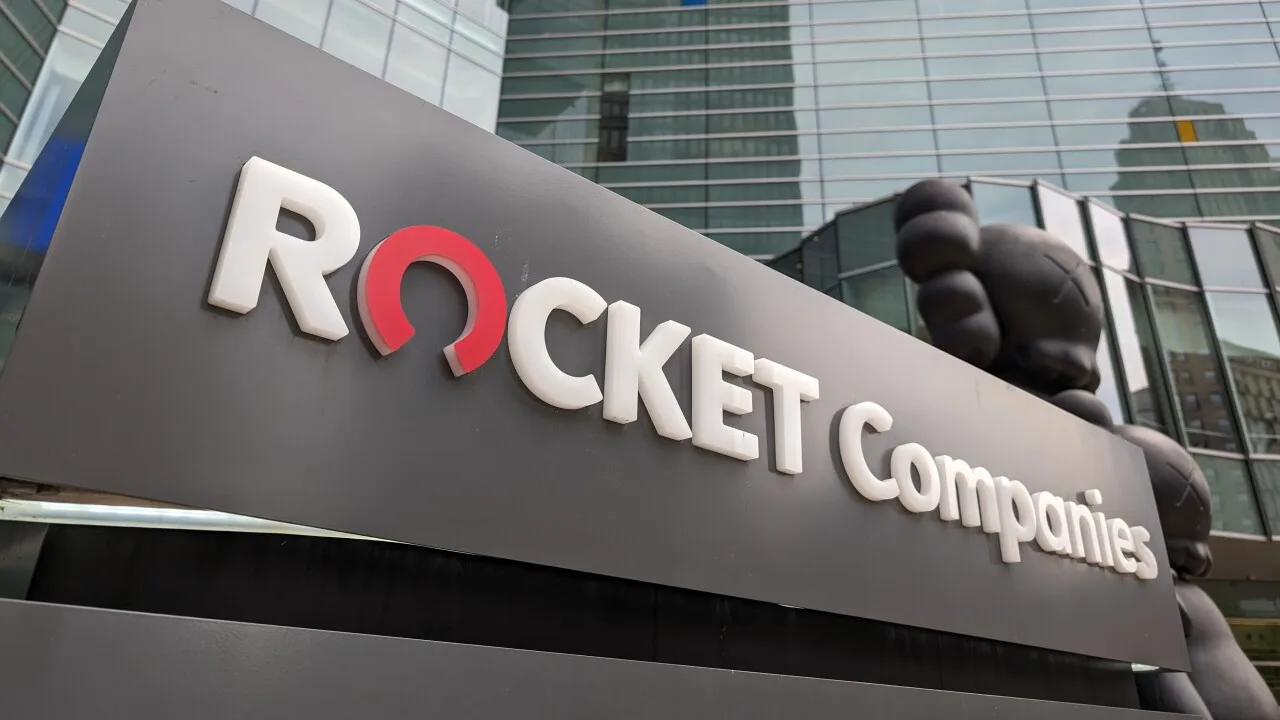- The riskiest real estate bonds (hybrids or subordinated bonds) have delivered remarkable returns of up to 170%, outpacing Nvidia’s 150% return.
- Falling inflation and central bank interest rate cuts have driven a strong recovery in real estate bonds, particularly benefiting junior bondholders.
- Analysts caution that the current rally may have limited room for further gains as valuations begin to approach their peak.
According to Bloomberg, real estate bonds, particularly the riskiest junior debt known as hybrids, have defied expectations to become the most lucrative trade in global financial markets this year.
Say What?
Subordinated real estate bonds, which were shunned during the pandemic and suffered severe losses due to rising interest rates, have bounced back dramatically.
These bonds have delivered a return of over 75%, with the top performers reaching approximately 170%, beating even Nvidia Corp. (NVDA), a leading player in the AI boom, by 20%.
Unprecedented Gains
The magnitude of these gains has stunned market participants. Andrea Seminara, CEO of Redhedge Asset Management, called the turnaround “unprecedented.”
The 2008 financial crisis veteran noted that such gains are rarely seen outside of extremely distressed situations. The rally comes after these junior bonds fell nearly 50% following the rate hikes initiated by central banks in 2022.
Impact of Central Banks
Central bank policy shifts played a significant role in this turnaround. After landlords struggled under the weight of higher borrowing costs, falling inflation prompted major banks—including the Federal Reserve, European Central Bank, and Bank of England—to cut interest rates.
This easing environment has enabled real estate companies to refinance their debt, avoid defaults, and improve investor sentiment.
According to Andreas Meyer of Fountain Square Asset Management, the recovery was driven by the opportunity to replace maturing bonds amid increased capital flows into the credit market.
Hybrid Bond Recovery
Hybrid bonds, often deemed risky because companies can skip coupon payments without triggering a default, had become unattractive to investors as rising rates pushed refinancing costs higher.
As rates stabilized and then fell, companies overcame a looming “maturity wall” by issuing new debt to replace old obligations in an environment made more favorable by central bank cuts.
Meyer’s event-driven fund, which invested in hybrid bonds during this downturn, experienced returns of up to 80%.
Cautious Optimism
Despite the impressive gains, some caution remains. Bank of America strategists Barnaby Martin and Ioannis Angelakis recently warned that valuations in real estate credit are approaching their peak, suggesting that much of the opportunity in this segment may have already been seized.
However, there are signs of renewed confidence in the commercial real estate sector, with investors showing interest in deploying capital as interest rate pressures begin to ease.
Looking Ahead
Though some market experts are wary of future gains, others remain optimistic.
Ron Dickerman, founder of Madison International Realty, acknowledged the challenging environment of the past two years, stating, “We have lived through a sh*tstorm. A couple of rate cuts does not make a market, but there’s optimism.”
As central banks continue to prioritize economic growth, real estate debt may offer additional opportunities, though the window for major gains could be narrowing.
















